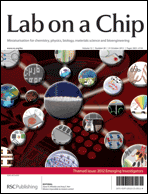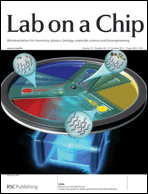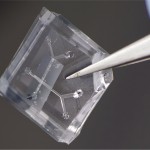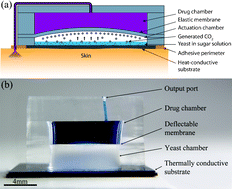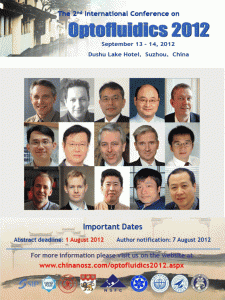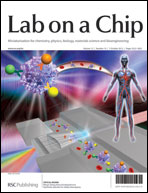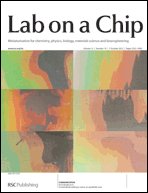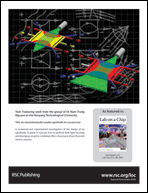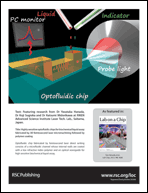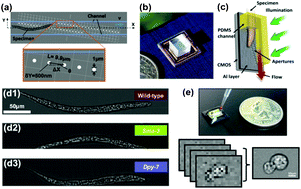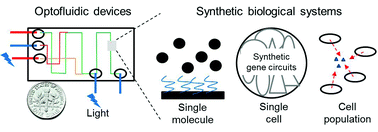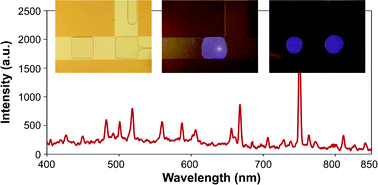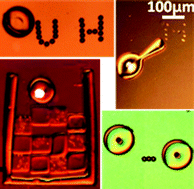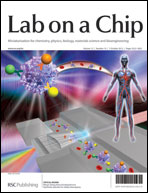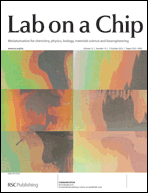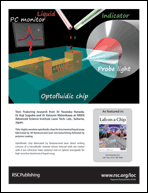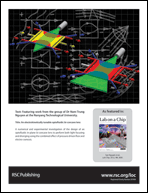We’re delighted to announce the publication of our 2012 Emerging Investigators issue, which contains a massive 6 HOT articles! Read the editorial from Amy Herr and Aaron Wheeler to find out why this group of researchers is affectionately known as control freaks..
Controllable microfluidic production of gas-in-oil-in-water emulsions for hollow microspheres with thin polymer shells
Ran Chen, Peng-Fei Dong, Jian-Hong Xu, Yun-Dong Wang and Guang-Sheng Luo
DOI: 10.1039/C2LC40387K
A rotary microsystem for simple, rapid and automatic RNA purification
Byung Hyun Park, Jae Hwan Jung, Hainan Zhang, Nae Yoon Lee and Tae Seok Seo
DOI: 10.1039/C2LC40487G
Cytotoxicity analysis of water disinfection byproducts with a micro-pillar microfluidic device
Austin Hsiao, Yukako Komaki, Syed M. Imaad, Benito J. Mariñas, Michael J. Plewa and G. Logan Liu
DOI: 10.1039/C2LC40374A
Highly sensitive and quantitative detection of rare pathogens through agarose droplet microfluidic emulsion PCR at the single-cell level
Zhi Zhu, Wenhua Zhang, Xuefei Leng, Mingxia Zhang, Zhichao Guan, Jiangquan Lu and Chaoyong James Yang
DOI: 10.1039/C2LC40461C
Enantioselective analysis of melagatran via an LSPR biosensor integrated with a microfluidic chip
Longhua Guo, Yuechun Yin, Rong Huang, Bin Qiu, Zhenyu Lin, Huang-Hao Yang, Jianrong Li and Guonan Chen
DOI: 10.1039/C2LC40388A
Real-time full-spectral imaging and affinity measurements from 50 microfluidic channels using nanohole surface plasmon resonance
Si Hoon Lee, Nathan C. Lindquist, Nathan J. Wittenberg, Luke R. Jordan and Sang-Hyun Oh
DOI: 10.1039/C2LC40455A
These articles will be free to access for the next 4 weeks. (Free access to individuals is provided through an RSC Publishing personal account. Registration is quick, free and simple.)


